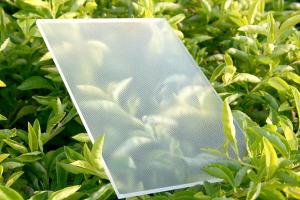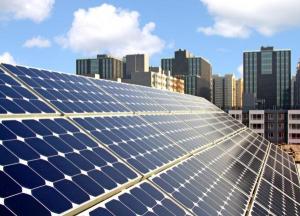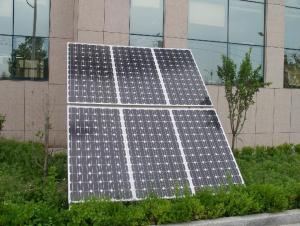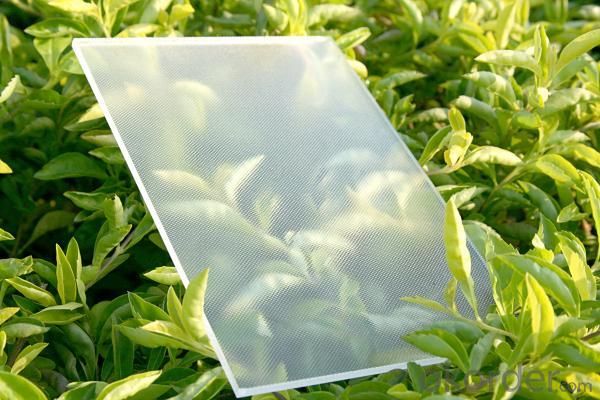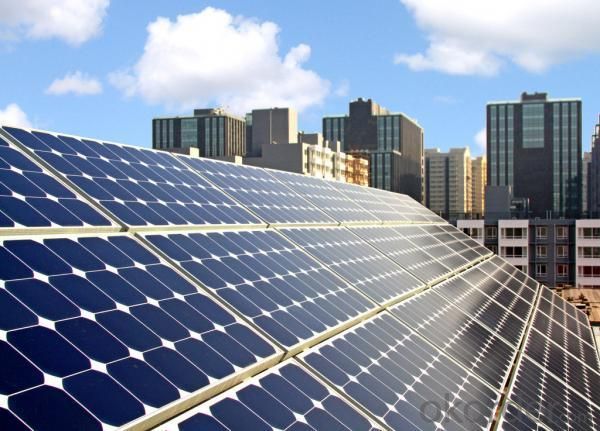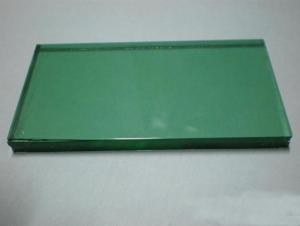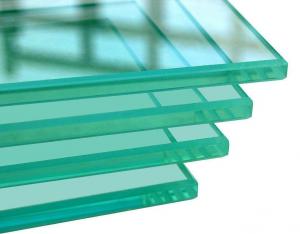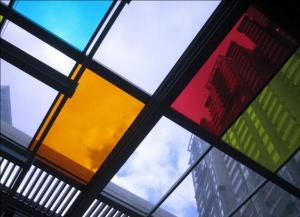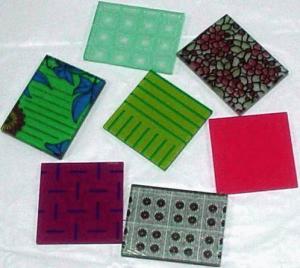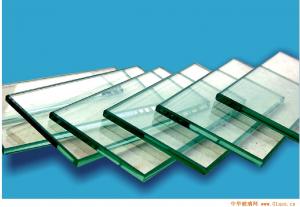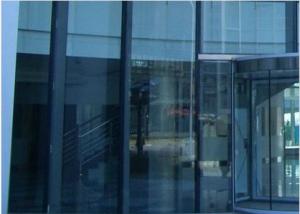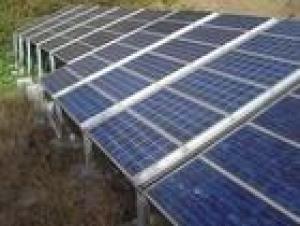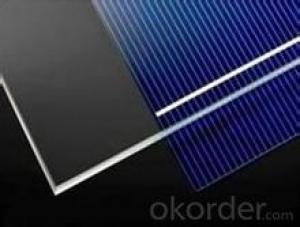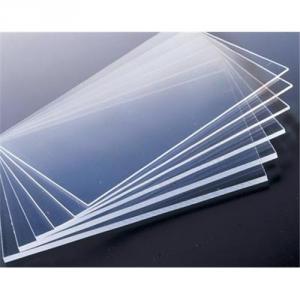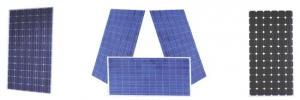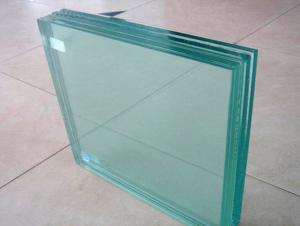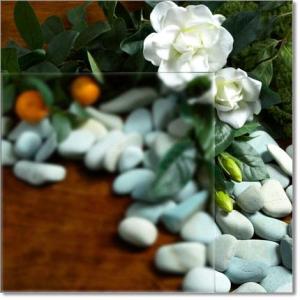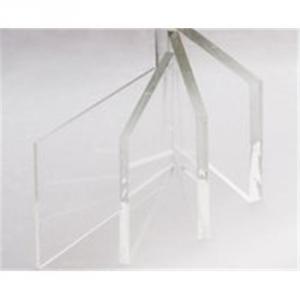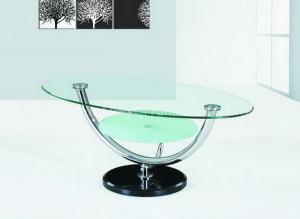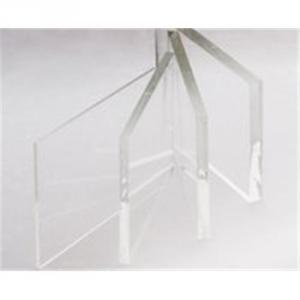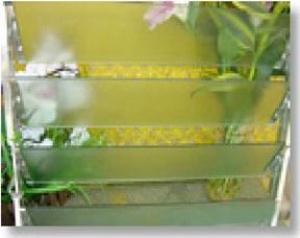Solar AZO Glass
- Loading Port:
- China Main Port
- Payment Terms:
- TT or L/C
- Min Order Qty:
- 100 m2 m²
- Supply Capability:
- 10000 m2 m²/month
OKorder Service Pledge
OKorder Financial Service
You Might Also Like
FTO Glass or AZO Glass is a kind of TCO glass mainly used for producing thin film solar cells as substrate/front TCO glass or seal glass/back glass. The right balance between transmittance, haze and conductivity of the TCO coating enable it to improve the cell efficiency of thin film solar cells embedded in photovoltaic modules.
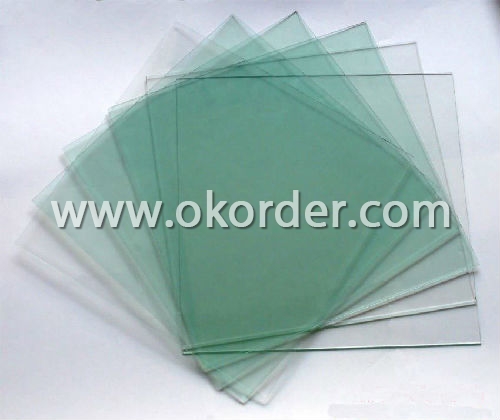
Features of Solar AZO Glass:
Light transmittance: >80%
Sheet resistance: 7-15Ω
Haze: 10%-50%
good laser etching properties
good weatherability and durability
High light transmittance, high mechanical strength, high planeness.
Product’s Description:
Type | TCO Glass(Ultra Clear Float Glass) |
Conductive Coating | SnO2: F Based or ZnO: Al Based |
Deposition | CVD |
Applications | Front glass or back glass for thin film solar cells (a-Si: H solar cells, μc-Si tandem solar cells and CdTe solar cells). |
Transmittance Curve:
Specifications:
Thickness: 3.2mm, 4mm,
Size: customized size
Applications of Solar AZO Glass:
FTO Glass or AZO Glass is widely applied in a-Si: H solar cells, μc-Si tandem solar cells and CdTe solar cells because of its potentials to lower the reflectivity between the interface and the absorber, to increase the light path into the absorber and to trap the solar energy into the absorber.

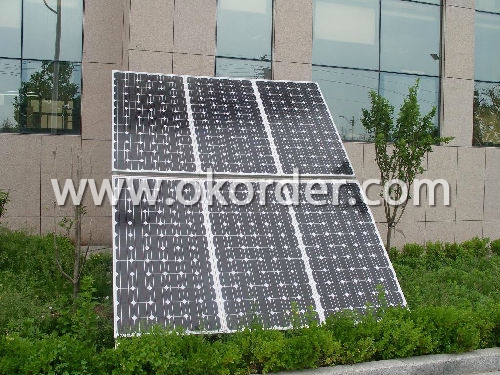
- Q: What are the main raw materials for making ceramics, glass and cement?
- The main raw materials for glass production are quartz, feldspar (potassium feldspar, albite) and soda ash
- Q: What's the raw material for goldfish bowl?
- As for other containers: as long as you can hold water, do not fade, no smell, no harmful substances can be raised
- Q: What is the difference between acrylic board, lotus board, organic board and PVC board?
- Organic boards are called organic plates, PS boards, PS organic boards, PS boards, light panels, light box boards, GPPS boards, benzene boards, color boards, etc. some places are simply called organic glass. People have different opinions. In fact, organic boards are different from organic glass.
- Q: How to seal the glass fiber reinforced plastic mould?
- Rubber pad seals are thickness, will be relatively increased parting surface gap, for complex, not good concave convex surface, uneven surface, you can use ordinary fastening before playing glass glue or fastening hot melt gun hit again. It can be divided into surface on floor wax coat material brush, then fastening glass steel mold.
- Q: What are the materials for car windshields? Is there anything different than ordinary glass?
- At present, the front windshield of the car is mainly made of laminated glass and sandwich area toughened glass, and it can bear strong impact force.
- Q: What's the difference between three kinds of glass fiber board, epoxy board and FR4 board?
- These three are glass fiber boards.Usually the epoxy board on the market is phenolic epoxy, yellow, which is generally not used as a hard circuit board substrate, is the use of electrical insulation.
- Q: Samsung LCD panel information
- The power supply needs to look at the output power, the output voltage, such as the 26 inch and 32 inch power supply on the market. Other sizes of LCD, or need to consult manufacturers of power supply, specific parameters
- Q: What is the density of glass flake cement?
- 1 glass flakes prevent water vapor and chemical solvents from eroding the base material. The degree of chemical resistance of the substrate or coating varies with the chosen glass material, and the glass scale made of C- glass has excellent chemical durability.2, due to the relative stretching coefficient of the steel, cement and other material and substrate, so in the case of heat shock resin layer easily cracking and shedding, and glass flake could commission a heat stable layer, which can prevent the substrate cracking and spalling.3 、 good temperature resistance. The use of glass scale lining, its heat resistance than similar resin coating can be increased by 20-40 degrees, so often used in oil pipelines, hot water pipelines, heat resistant chemical devices.4, small thermal expansion coefficient.5. Coating with glass flake is much harder than epoxy or polyester resin without glass flake, so it has higher surface abrasion resistance.
- Q: What is the raw material of glass?.
- 1. the main raw material of glass(1): the main component of silica sand or borax borax glass is introduced into silica or silica or boron oxide, which alone can melt into a glass body in the combustion, determines the main properties of glass, appropriately called silicate glass or borosilicate glass.(2): the main ingredients of soda soda or salt and mirabilite into glass is sodium, they can with silica sand and other acidic oxides formed in the fusible salt calcination, the fluxing action, the glass is easy to mold. But if the content is too much, the thermal expansion rate of glass will increase, and the tensile strength will decrease.(3) limestone, dolomite, feldspar, etc.: the main component of limestone introduced into glass is calcium oxide, which enhances the chemical stability and mechanical strength of glass. But the content is too much, which makes the glass break and reduce the heat resistance.As a raw material for introduction of Magnesium Oxide, dolomite can improve the transparency of glass, reduce thermal expansion and improve water resistance.Feldspar, as a raw material for introduction of alumina, can control the melting temperature and increase durability. In addition, potassium feldspar can also provide components, improve the thermal properties of glass.(4) broken glass: Generally speaking, not all new materials are used in the manufacture of glass, but the broken glass of 15%--30%.
- Q: What materials are needed for the production of glass bottles and what are their proportions?
- There are many kinds of glass, different kinds, different uses, and different ingredients.
1. Manufacturer Overview
| Location | Hebei,China (Mainland |
| Year Established | 1999 |
| Annual Output Value | |
| Main Markets | North America South America Eastern Europe Southeast Asia Africa Mid East Eastern Asia Western Europe |
| Company Certifications |
2. Manufacturer Certificates
| a) Certification Name | |
| Range | |
| Reference | |
| Validity Period |
3. Manufacturer Capability
| a) Trade Capacity | |
| Nearest Port | Tianjin |
| Export Percentage | |
| No.of Employees in Trade Department | |
| Language Spoken: | English,Chinese |
| b) Factory Information | |
| Factory Size: | 30,000-50,000 square meters |
| No. of Production Lines | 3 |
| Contract Manufacturing | OEM Service Offered |
| Product Price Range | |
Send your message to us
Solar AZO Glass
- Loading Port:
- China Main Port
- Payment Terms:
- TT or L/C
- Min Order Qty:
- 100 m2 m²
- Supply Capability:
- 10000 m2 m²/month
OKorder Service Pledge
OKorder Financial Service
Similar products
Hot products
Hot Searches
